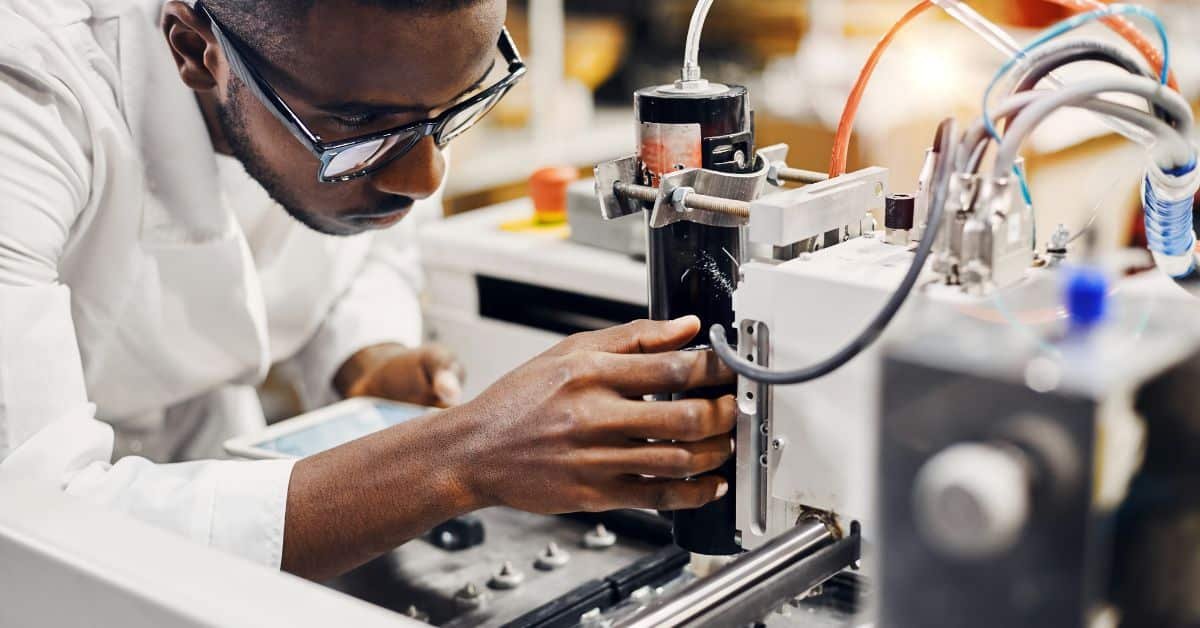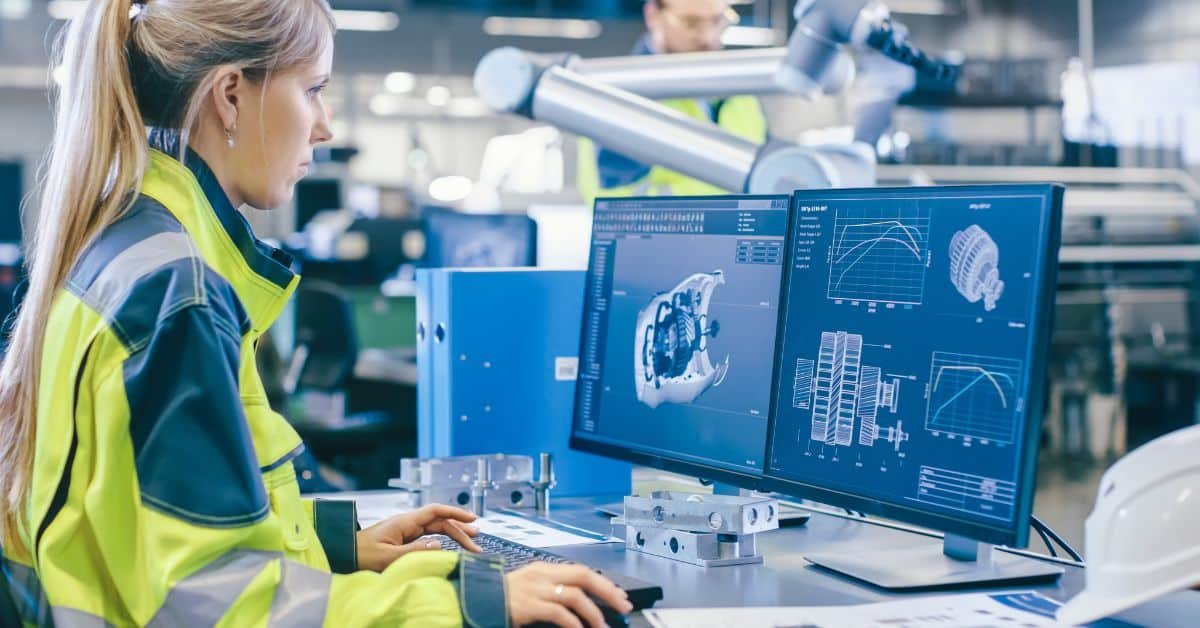Knowing how long your devices will last is a must. For MacBook users, understanding the lifespan of their machine can make a huge difference in how they use and maintain it. This guide dives into the nitty-gritty details of what you should know about your MacBook’s longevity and how to get the most out of your investment.
Understanding the Lifespan of a MacBook
The lifespan of a MacBook isn’t just a simple number. Factors like how often you use it, how you take care of it, and whether you’re keeping it updated influence the longevity of your MacBook. Most MacBooks last between five to seven years, but with the right care, they can serve you well beyond that. Knowing the difference between a normal and extended lifespan can help you plan for future upgrades and decide if your MacBook is still meeting your needs.
Signs Your MacBook May Need Replacing
Every device eventually shows signs of wear and tear, and your MacBook is no exception. What are some signs to look out for? You might notice it slowing down, crashing more often, or having trouble running newer software. It can be a nightmare to deal with.
These can be signs that it’s time to consider a replacement. However, you can solve some problems with a quick repair. Learning how to identify when a problem is fixable versus when it’s time to invest in a new MacBook can save you both time and money.
Prolonging the Lifespan of a MacBook
Following some basic maintenance tips is important to keep your MacBook running smoothly for as long as possible. Regularly cleaning your MacBook, keeping it updated with the latest software, and using apps designed for refurbished MacBooks can make a big difference.
Avoid extreme temperatures and handle your device with care to help prevent unnecessary wear and tear. With these simple steps, you can extend the life of your MacBook and keep it working like new.
Upgrades and Repairs
Deciding whether to upgrade or repair your MacBook can be tricky, but it’s a great way to breathe new life into your machine. Adding more RAM or upgrading to a solid-state drive (SSD) can significantly improve performance.
When repairs are needed, sometimes a professional’s touch is best. Find a trusted MacBook repair shop in your area. Knowing when to handle it yourself and when to seek expert help can ensure your MacBook stays in top shape.
Environmental Impacts and Sustainability
Extending the lifespan of a MacBook isn’t just good for your wallet—it’s good for the planet, too. By keeping your device longer, you reduce electronic waste and conserve resources. You should consider recycling or donating your MacBook when it’s finally time to part ways with the device. You’re giving it a second life. When you participate in this sustainable act, you’re helping the environment and supporting communities in need of technology access.
Understanding and managing the lifespan of a MacBook can lead to smarter decisions and more sustainable practices. From regular maintenance to thoughtful upgrades, taking these steps can make your MacBook a lasting part of your tech arsenal.
Explore our magazines here:

I am the Senior Editor at CIO TechWorld. With over a decade of experience in the media and publishing industry, I specialize in research and collaborate with technology companies to bring their stories to life. Explore my articles on CIO TechWorld, where I offer unique perspectives on technology topics.









